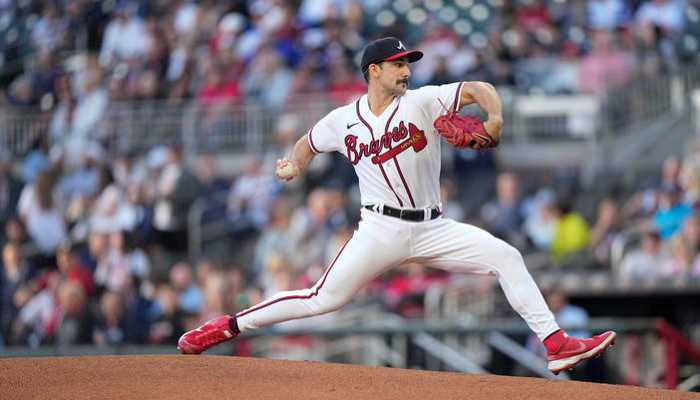Most MLB fans – and baseball fans in general – will know about fielding independent pitching (FIP).
However, not enough baseball bettors know how to use FIP to support their wagers.
Today, we want to show you how FIP can take your MLB betting up a gear. In this guide, we explain how FIP works, how to calculate the metric and how to utilize FIP to aid your baseball bets.
How Does FIP Work?
Many people confuse fielding independent pitching with earned run average (ERA), but there are plenty of differences between the two metrics. While FIP is similar to ERA, it focuses more on the events a pitcher has the most control over – strikeouts, walks, hit-by-pitches and home runs.
Essentially, FIP attempts to use the ERA scale to more accurately reflect a pitcher’s performance. Since balls in play are taken out of the equation, it helps eliminate variance when it comes to where the ball lands in the field and the fielders’ defensive ability.
For example, when a pitcher has given up a high batting average on balls put into play, their FIP will likely be lower than their ERA. This is because balls in play are excluded from the FIP calculation.
How to Calculate FIP
Fielding independent pitching converts a pitcher’s three main outcomes into an earned run average-like number. Here is the formula for FIP, according to MLB.com:
Where the “FIP constant” puts FIP onto the same scale as the entire league’s ERA: ((HR x 13) + (3 x (BB + HBP)) – (2 x K)) / IP + FIP constant
Fortunately, there are online FIP calculators that can help us determine a pitcher’s FIP. All you need to do is enter the relevant statistics to formulate the final number.
How Bettors Can Utilize FIP
FIP does a great job at telling you how a pitcher has performed over the course of a game, season or extended period. Instead of attempting to predict the future, FIP tells you how effective a pitcher has been at controlling home runs, strikeouts and walks.
Consequently, when a pitcher’s FIP is notably lower than their ERA, it presents a promising opportunity for bettors to profit. If the betting market is influenced by the pitcher’s ERA, you can often find value by utilizing FIP.
It is also worth noting that pitchers with a high ERA but a low FIP are solid under bets on a game’s total. Since a low FIP suggests that a pitcher will likely produce a standout performance, they should allow fewer runs compared to an average pitcher.
Ultimately, FIP is a helpful tool that provides a true picture of a how a pitcher has performed. If you pay attention to FIP and use the statistics correctly, you could take your MLB betting to the next level.













